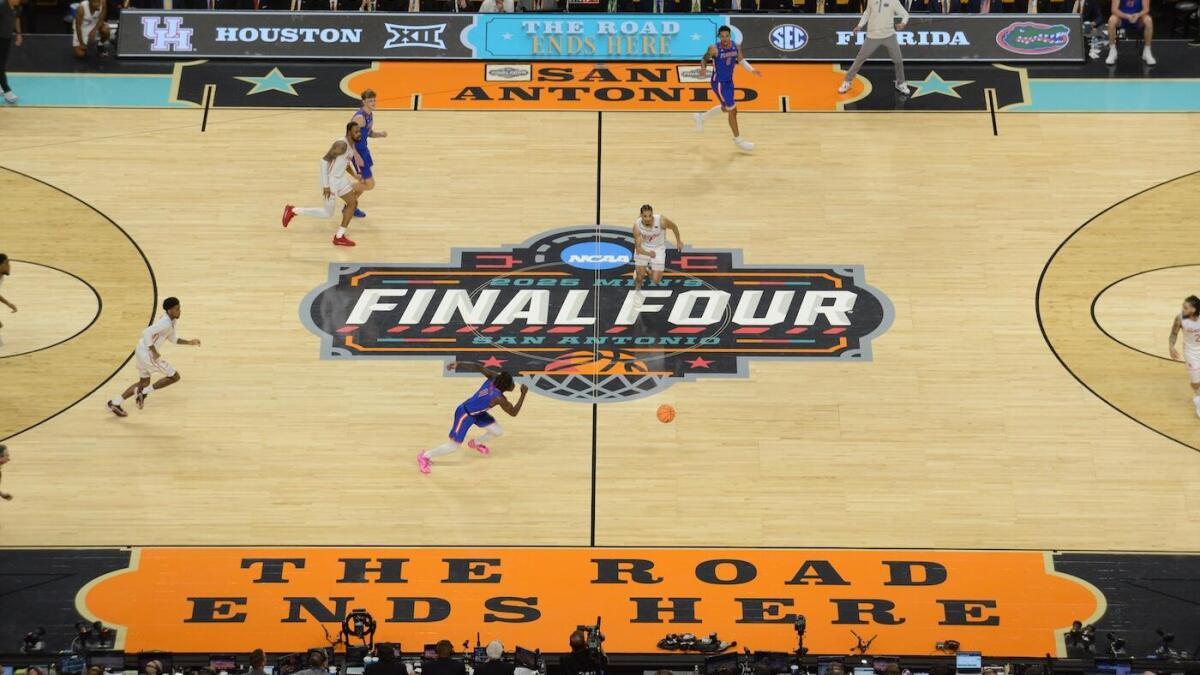The NCAA Tournament Expansion Debate: Current Status and Future Prospects
The NCAA basketball tournaments—both men’s and women’s—remain among the most celebrated sporting events in the United States, captivating millions with their intensity and unpredictability. The iconic “March Madness” tournament currently features 68 teams, a number established in 2011 following the expansion from 65 teams. However, in recent years, there has been significant discussion around further expanding the tournament fields to 72 or even 76 teams, potentially as early as the 2026 season. Despite these talks, NCAA leadership indicates that a definitive decision on expansion is neither imminent nor assured. This report unpacks the nuanced landscape of the NCAA Tournament expansion debate, exploring the motivations behind it, current viewpoints, logistical challenges, and possible implications for college basketball’s biggest stage.
—
Context: The Evolution of March Madness Expansion
March Madness has long been a cultural phenomenon, with its bracket format offering thrilling possibilities of giant-killing upsets. Since its inception, the tournament has seen incremental growth—most notably the jump from 64 to 68 teams in 2011. That last expansion added the “First Four,” four play-in games determining some of the final slots in the main bracket. This move was generally accepted as a way to enhance excitement while balancing competitive fairness.
However, with ongoing discussions between the NCAA and its major broadcast partners, CBS and Warner Brothers Discovery, consideration has been given to increasing the number of participating teams again. Expanding the field to 72 or 76 is estimated to grow the tournament by approximately 6% to 12%, introducing more opportunities for programs from smaller conferences and increasing the tournament’s reach and commercial appeal.
—
Perspectives From Key NCAA Figures
NCAA Leadership’s Position
Dan Gavitt, NCAA Senior Vice President of Basketball, has publicly cautioned that no final decision on expansion has yet been made and suggested that a resolution is unlikely soon. Statements made in early 2025 emphasize a cautious approach, underscoring the complexity and potential ramifications of expansion.
In parallel, NCAA President Charlie Baker has indicated a desire to reach a decision in the near future, expressing optimism that the tournament could expand by 2026. Baker’s openness reflects an acknowledgment of the commercial opportunities presented by a larger tournament field, while also recognizing the public and institutional attachment to the current format.
—
Factors Influencing Expansion Discussions
Logistical and Operational Considerations
Increasing the tournament size has immediate scheduling, venue, and broadcasting implications. The current 68-team format and bracket structure have been optimized over years to fit well into a defined time window during March and early April.
An expansion to 72 or 76 teams would necessitate additional games, possibly more play-in rounds, and venues to host them, complicating travel and accommodation logistics for teams and fans alike. According to NCAA officials, there is concern that the timeframe to finalize these details before the 2026 tournament may be too short, increasing the likelihood that expansion could be delayed beyond that date.
Competitive Balance and Tradition
The tournament’s bracket symmetry and the established “First Four” stage have a unique appeal, contributing to the drama and competitive integrity of the event. Adding more teams might dilute the quality of competition or extend the event in ways that reduce viewer engagement.
Some traditionalists argue that March Madness achieved its “sweet spot” at 64 teams in 1985 and that increasing the field further risks eroding the tournament’s competitive prestige and tradition. Conversely, advocates for expansion highlight that increased participation supports inclusion of more “mid-power” and smaller conference teams, enhancing diversity and opportunity.
Commercial and Media Considerations
The negotiations with broadcast partners underscore the financial motivations behind potential expansion. More games mean more advertising inventory, broader audience reach, and enhanced subscription or viewership metrics. With college sports increasingly commercialized, stakeholders are attentive to revenue growth opportunities.
—
Projected Scenarios and Timelines
While NCAA President Baker suggested aiming for a decision by early April 2025, as of mid-2025 the position is more uncertain. Senior executives hint that expansion is unlikely to materialize for the 2026 tournament due to the tight scheduling and planning window. It may be that the NCAA will take additional time to evaluate impacts, finalize formats, and negotiate the necessary arrangements.
Further complicating matters, the annual March Madness event schedule, including Selection Sunday and venue allocations for rounds such as the Final Four, imposes fixed constraints on changes to the bracket size and structure.
—
Potential Impacts of Expansion
On the Teams and Players
Increasing the tournament size means more teams earn automatic or at-large bids, providing fairer representation across conferences. This can be especially beneficial to programs on the bubble of qualification, offering more student-athletes the chance to compete on a national stage.
On Fans and Viewership
More games could translate to even greater fan engagement and the extension of the March Madness storytelling arc. However, there is a risk of viewer fatigue if the tournament lengthens excessively.
On Smaller Conferences
Expansion may enable smaller conferences to gain more consistent access to the tournament, boosting these programs’ visibility and financial support. This democratization, however, must be balanced against preserving the tournament’s competitive balance.
—
Conclusion: A Tournament at a Crossroads
March Madness stands at a critical juncture as the NCAA grapples with whether and how to expand its signature basketball tournaments. While the allure of growth—both in competitive opportunity and financial returns—is powerful, many variables complicate swift action. The current hesitation by NCAA executives illustrates a respect for tradition, recognition of logistical hurdles, and sensitivity to stakeholder interests.
Whether in 2026 or beyond, any eventual expansion will need to delicately balance the desire for inclusivity and commercial vitality with preserving the drama and integrity that make March Madness a premier sporting spectacle. The evolving conversation about tournament size reflects not just changes in college basketball, but broader shifts in sports governance, media rights, and fan expectation dynamics.
For now, fans and programs alike await clarity, knowing that the next chapter of March Madness could redefine the dance—but only when the time is right.





